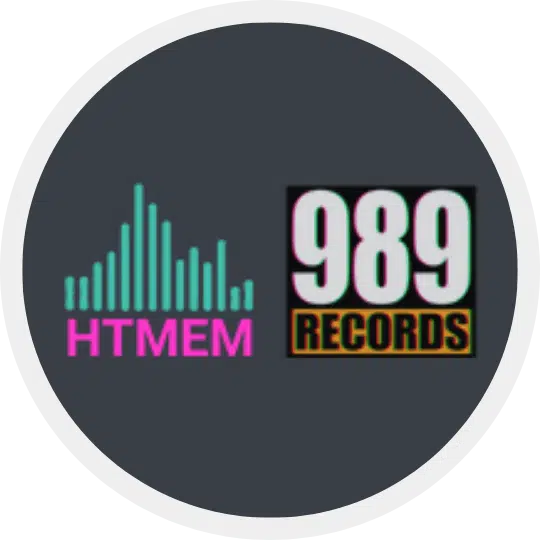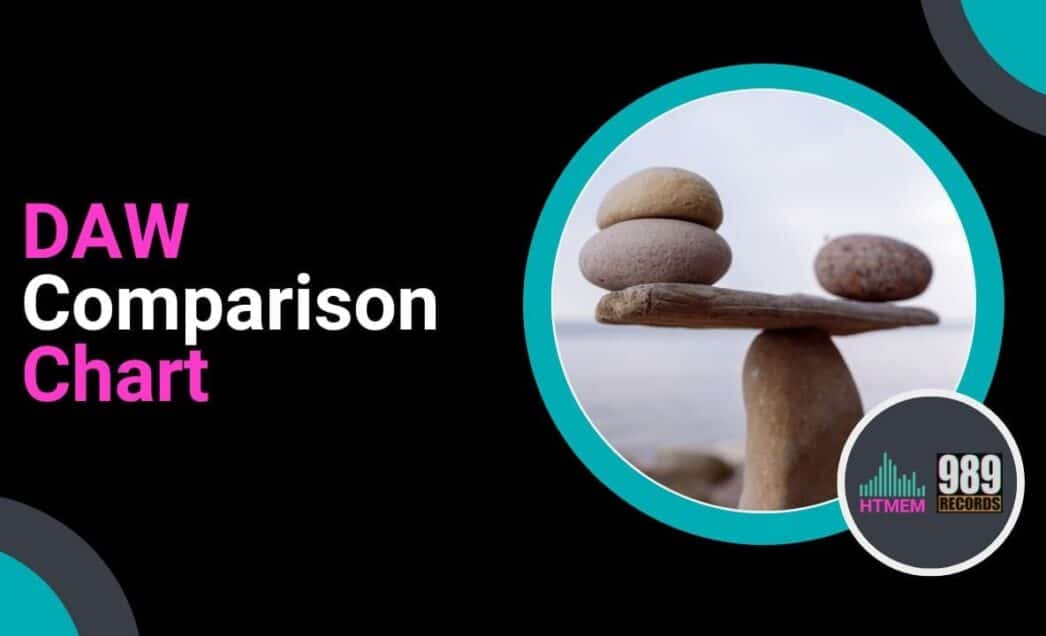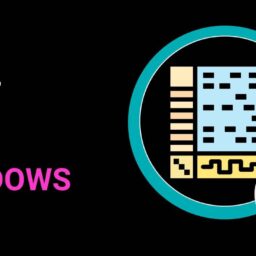What is a Digital Audio Workstation?
If you have landed here, you probably already know what a DAW is right 😁? Anyway, for those unaware of this type of software, a Digital Audio Workstation (DAW) is an essential music production software platform for creating, recording, editing, and orchestrating music.
Think of a DAW as a virtual digital studio, where you can capture sounds from a variety of sources like microphones, guitars, and electronic keyboards. It usually features a sequencer, enabling you to methodically arrange musical elements and mark out performances along a timeline, streamlining the music production process with precision and creativity.
Choosing the Right DAW for Music Production
Reflect on the genre of music you’re producing and the necessary tools for its creation, considering the best digital audio workstations available.
Evaluate your computer’s specifications since a Digital Audio Workstation (DAW) can demand significant resources.
Take your budget into account, as DAWs vary widely in price, from free to high-end.
Seek out a DAW with an intuitive workflow (for your taste, of course) and comes equipped with essential plug-ins like compressors, EQs, and other processing tools.
DAW Comparison Chart
Carefully evaluate the features and pricing of various Digital Audio Workstations (DAWs) like Cubase, Ableton Live, FL Studio, Logic Pro, and Pro Tools. An essential component to consider is the audio interface, which connects microphones and instruments to the computer and significantly impacts the audio quality and functionality of the DAW. Modern DAWs now provide users with the ability to work with numerous audio tracks at an affordable price, significantly enhancing the recording and mixing process compared to traditional gear setups. Assess their compatibility with different operating systems, the intuitiveness of their user interfaces, and the quality of customer support provided. Opt for a DAW that allows you to try a free trial or demo version before making a purchase decision.
DAW Features and Functionality
Audio Editing and Post-Production
Seek a DAW that provides sophisticated and advanced audio editing capabilities like Cubase, including multitrack recording, MIDI sequencing, chord progression generator, pitch correction and vocal processing, and the ability to host plug-ins.
Opt for a DAW that comes equipped with built-in audio effects like reverb, delay, and compression. Ensure the DAW offers support for both audio clips and MIDI editing.
MIDI and Virtual Instruments
Choose a DAW that features a comprehensive selection of virtual instruments, including synthesizers, drum machines, and sample players. Seek out one with sophisticated MIDI editing capabilities. Ensure the DAW is compatible with VST plug-ins and features an intuitive interface for managing virtual instruments.
Professional DAWs for Music Production
When it comes to professional digital audio workstations (DAWs), the options are designed to meet the high demands of music production, offering advanced features and tools for recording, editing, and mixing audio. Here are some of the top professional DAWs that can elevate your music production game:
- Cubase: A comprehensive DAW for both music production and post-production, Cubase excels with its advanced MIDI editing and virtual instrument support. It’s a go-to choice for producers who need a versatile and powerful tool.
- Ableton Live: Renowned for its flexibility and live performance capabilities, Ableton Live is a favorite among electronic music producers and live performers. Its intuitive interface and powerful features make it ideal for creating and manipulating audio tracks in real-time.
- Logic Pro X: Exclusively for Mac users, Logic Pro X is a powerhouse in the music production world. It boasts a vast library of virtual instruments and effects, making it a versatile tool for any music genre. Its advanced MIDI editing and sequencing capabilities are particularly noteworthy.
- Pro Tools: Often considered the industry standard for recording and post-production, Pro Tools offers unparalleled audio editing and mixing features. Its robust toolset is perfect for professional studios and serious music producers.
- FL Studio: Popular among hip-hop and electronic music producers, FL Studio is known for its user-friendly interface and extensive features. It’s a great choice for those looking to dive into music creation with a focus on electronic music production.
These professional DAWs offer a range of features and tools, including:
- Advanced audio editing and mixing capabilities
- A wide array of virtual instruments and effects
- Sophisticated MIDI editing and sequencing
- Support for multiple audio tracks and formats
- Collaboration tools and seamless integration with other software and hardware
Free and Budget-Friendly DAWs for Audio Editing
For those on a budget or just starting out with audio editing, there are several free and budget-friendly DAWs that offer a surprising amount of functionality. Here are some top options to consider:
- Audacity: This free, open-source DAW is perfect for basic audio editing and recording. Audacity supports multiple audio tracks and formats, making it a versatile tool for beginners.
- GarageBand: Available for free to Mac users, GarageBand offers a user-friendly interface and a range of features for music creation and audio editing. It’s a great starting point for those new to digital audio workstations.
- Cakewalk by BandLab: A free DAW for Windows users, Cakewalk by BandLab provides a robust set of features, including support for multiple audio tracks and formats. It’s a powerful tool for those looking to get serious about music production without breaking the bank.
- FL Studio Fruity Edition: This budget-friendly version of the popular FL Studio DAW offers a range of features for music creation and audio editing. It’s an excellent choice for those who want to explore electronic music production on a budget.
- Reaper: Known for its affordability and extensive feature set, Reaper is a budget-friendly DAW available for both Windows and Mac users. It supports multiple audio tracks and formats, making it a versatile choice for any music producer.
These free and budget-friendly DAWs offer a range of features and tools, including:
- Basic audio editing and recording capabilities
- Support for multiple audio tracks and formats
- A selection of virtual instruments and effects
- MIDI editing and sequencing
- Collaboration tools and integration with other software and hardware
DAWs for Specific Music Genres
Electronic music producers may prefer DAWs like Cubase, Ableton Live, FL Studio, and Reason. The importance of DAWs in the process of recording music cannot be overstated, as they have revolutionized how producers with various backgrounds and personal experiences in music production create and produce their work.
Hip-hop producers may prefer DAWs like FL Studio, Logic Pro, and Pro Tools.
Rock and metal producers may prefer DAWs like Pro Tools, Logic Pro, and Presonus Studio One.
Certain DAWs like Cubase and Bitwig are tailored for electronic music production with advanced MIDI editing capabilities.
DAW Pricing and Plans
Digital Audio Workstations vary in price from free to high-end, with costs reflecting the range of features and functionality offered.
Options include subscription-based models or one-time purchase licenses, allowing for flexibility in choice based on your needs.
DAW System Requirements
Evaluate the system requirements for each Digital Audio Workstation, taking into account the CPU speed, memory, and disk space. Ensure the DAW is compatible with your operating system, whether it’s macOS or Windows.
Getting Started with Your Chosen DAW
Once you’ve chosen a DAW, getting started can feel a bit overwhelming. Here are some tips to help you dive in and start creating music and editing audio with confidence:
- Start with the basics: Take some time to familiarize yourself with the DAW’s interface and basic features, such as recording and editing audio. Understanding the layout and primary functions will make the learning process smoother.
- Watch tutorials: There are countless online tutorials and videos available that can help you learn the basics of your chosen DAW. Platforms like YouTube are treasure troves of instructional content that can guide you through various features and techniques.
- Practice, practice, practice: The best way to learn a DAW is by using it. Start with simple projects and gradually work your way up to more complex ones. Experiment with different tools and features to see what works best for your music production style.
- Read the manual: While it may seem old-fashioned, reading the manual can be incredibly helpful. It provides detailed information about the DAW’s features and functions, helping you understand how to use them effectively.
- Join a community: Many DAWs have online communities and forums where you can connect with other users, ask questions, and learn from their experiences. Engaging with these communities can provide valuable insights and support as you navigate your DAW.
By following these tips, you’ll be well on your way to mastering your chosen DAW and bringing your musical ideas to life. Happy music production!
DAW Tutorials and Resources
Explore online tutorials and resources, including YouTube videos and discussion forums. Opt for a Digital Audio Workstation that offers integrated tutorials, dedicated and Certified Courses, and guides.
Verify whether the DAW is supported by a vivid community of users and developers, as seen with Presonus Studio One and FL Studio.
Conclusion
So, to sum things up, the optimal Digital Audio Workstation for music production is the one that aligns perfectly with your creative goals. When selecting a DAW, it’s crucial to assess your requirements and tastes. Experiment with various DAWs to discover the one that truly enhances your music production process.
Now, Research, Record, or Produce, and Enjoy tour Music!
Suggested Readings
Best High End Studio Monitors for Accurate Sound Production
Practice and Enjoy



 Click Here to Download
Click Here to Download


